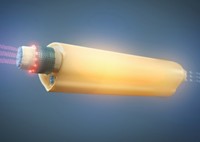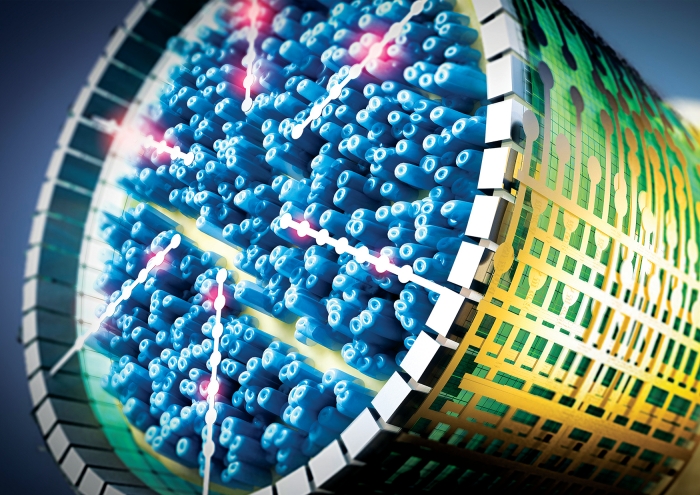Advertisement
Grab your lab coat. Let's get started
Welcome!
Welcome!
Create an account below to get 6 C&EN articles per month, receive newsletters and more - all free.
It seems this is your first time logging in online. Please enter the following information to continue.
As an ACS member you automatically get access to this site. All we need is few more details to create your reading experience.
Not you? Sign in with a different account.
Not you? Sign in with a different account.
ERROR 1
ERROR 1
ERROR 2
ERROR 2
ERROR 2
ERROR 2
ERROR 2
Password and Confirm password must match.
If you have an ACS member number, please enter it here so we can link this account to your membership. (optional)
ERROR 2
ACS values your privacy. By submitting your information, you are gaining access to C&EN and subscribing to our weekly newsletter. We use the information you provide to make your reading experience better, and we will never sell your data to third party members.
Business
GlaxoSmithKline Goes Beyond Pharmaceuticals
Medicine: Firm launches effort to harness the body’s neural impulses to fight disease with “electroceuticals"
by Ann M. Thayer
April 15, 2013
| A version of this story appeared in
Volume 91, Issue 15

GlaxoSmithKline wants to explore whether diseases can be treated and health restored by modulating neural impulses in the body. Last week the British drug company announced it will support a nascent field it calls “electroceuticals” with funds for 20 external labs and a $1 million prize.
“We see this as a new treatment modality—something in parallel with small molecules, protein therapeutics, and vaccines—by which we hope we can treat diseases,” says Kristoffer Famm, GSK vice president of bioelectronics R&D. GSK sees potential given the established medical use of implanted electrical devices, such as pacemakers, and recent advances toward miniaturized interfaces and cellular-level control. For example, lab results have shown it’s possible to manipulate neural signals to affect inflammation.
To jump-start efforts, GSK will fund up to 40 researchers in 20 outside labs to conduct exploratory work on mapping neural circuits and finding disease associations. Once it sets up a multidisciplinary network, GSK will help integrate efforts. In December, the company will hold a global forum of research leaders to lay out a plan for future work. As an added stimulus, GSK will then offer a $1 million prize for the research group that overcomes a key hurdle identified by the forum.
As part of a review of the therapeutic landscape for the next decade or two, GSK spent more than a year visiting with academic scientists about electroceuticals, Famm says. He, along with GSK R&D Chairman Moncef Slaoui and scientists from Massachusetts Institute of Technology, the University of Pennsylvania, and Feinstein Institute of Medical Research, in New York state, explain their vision of electroceuticals in a recent Nature article (DOI: 10.1038/496159a). Work is under way at these centers on mapping neural circuits, deciphering disease-related neural codes, identifying intervention points, understanding how to create a therapeutic response, and building biocompatible devices.
GSK isn’t the only big pharma firm thinking electrically. Johnson & Johnson researchers recently proposed moving beyond seeking “single magic-bullet drugs” and looking instead at therapies that also incorporate electric, magnetic, robotic, and digital approaches (Nature Rev., DOI: 10.1038/nrd3944). But, they say, “numerous scientific, regulatory, and commercial challenges remain in implementing and capturing value from such ‘beyond the pill’ integrative solutions.”




Join the conversation
Contact the reporter
Submit a Letter to the Editor for publication
Engage with us on Twitter